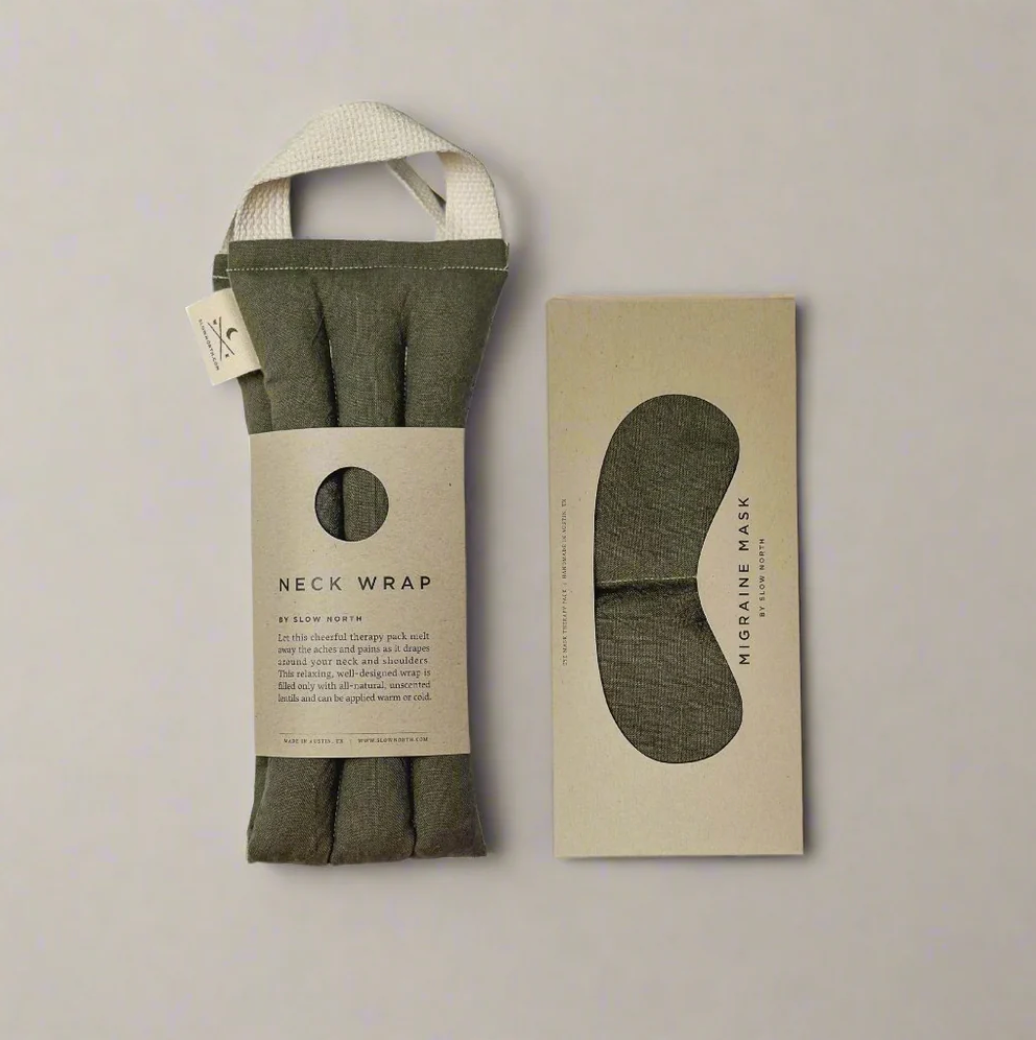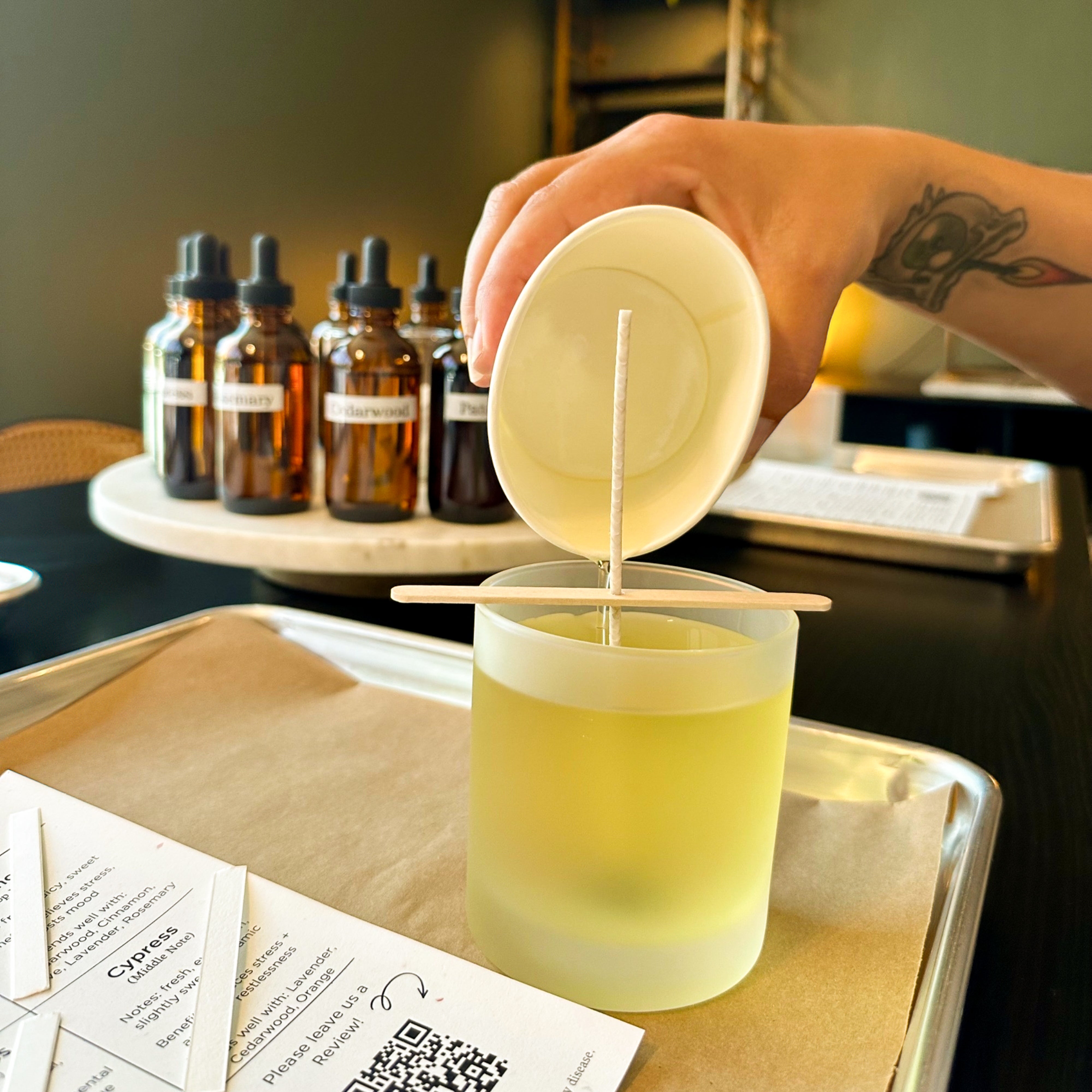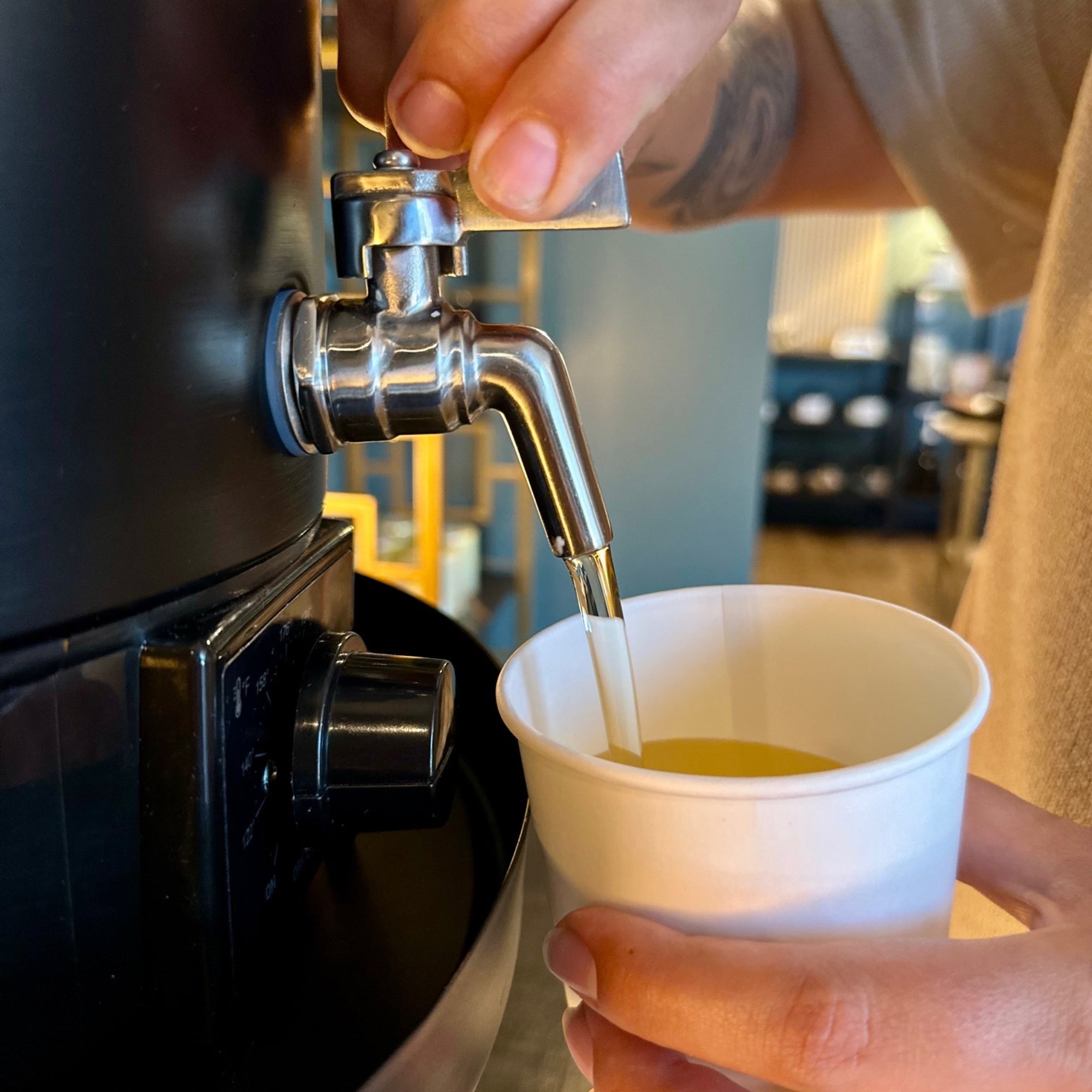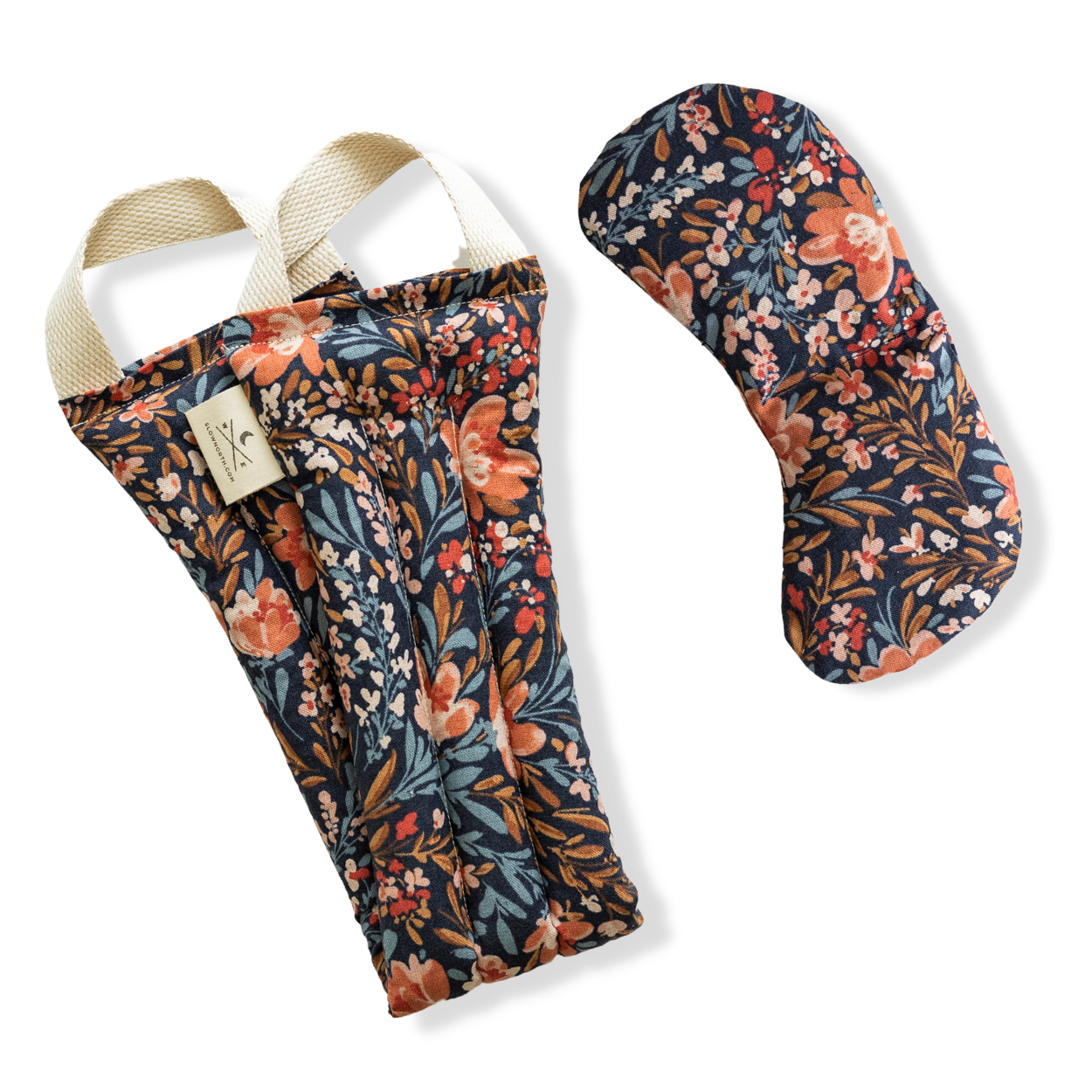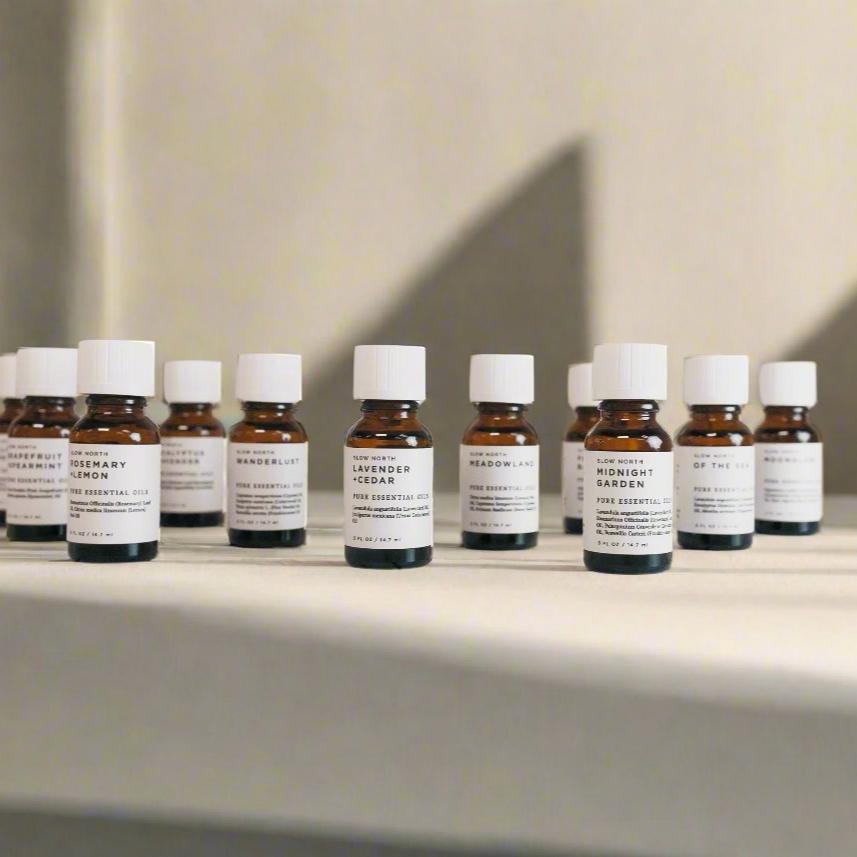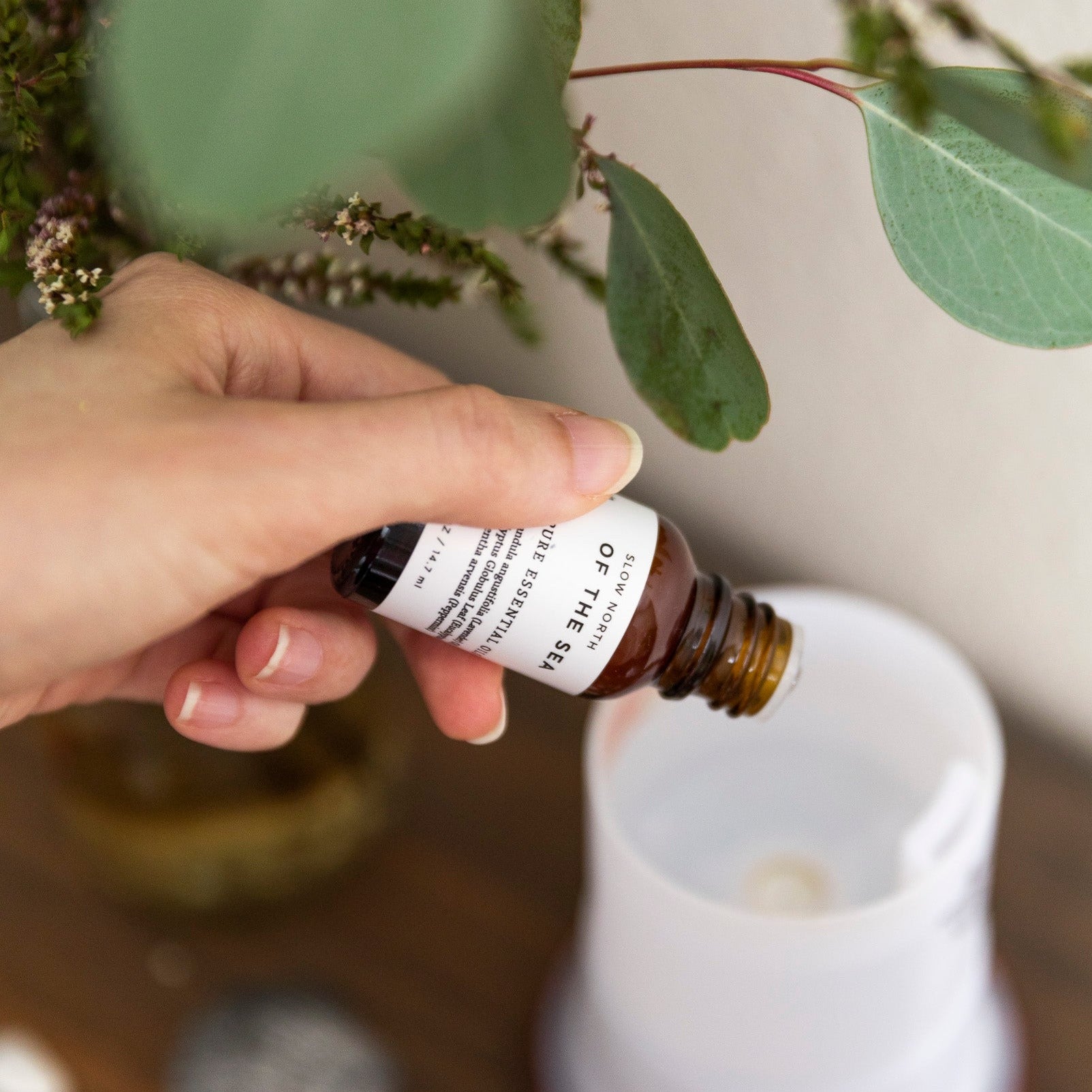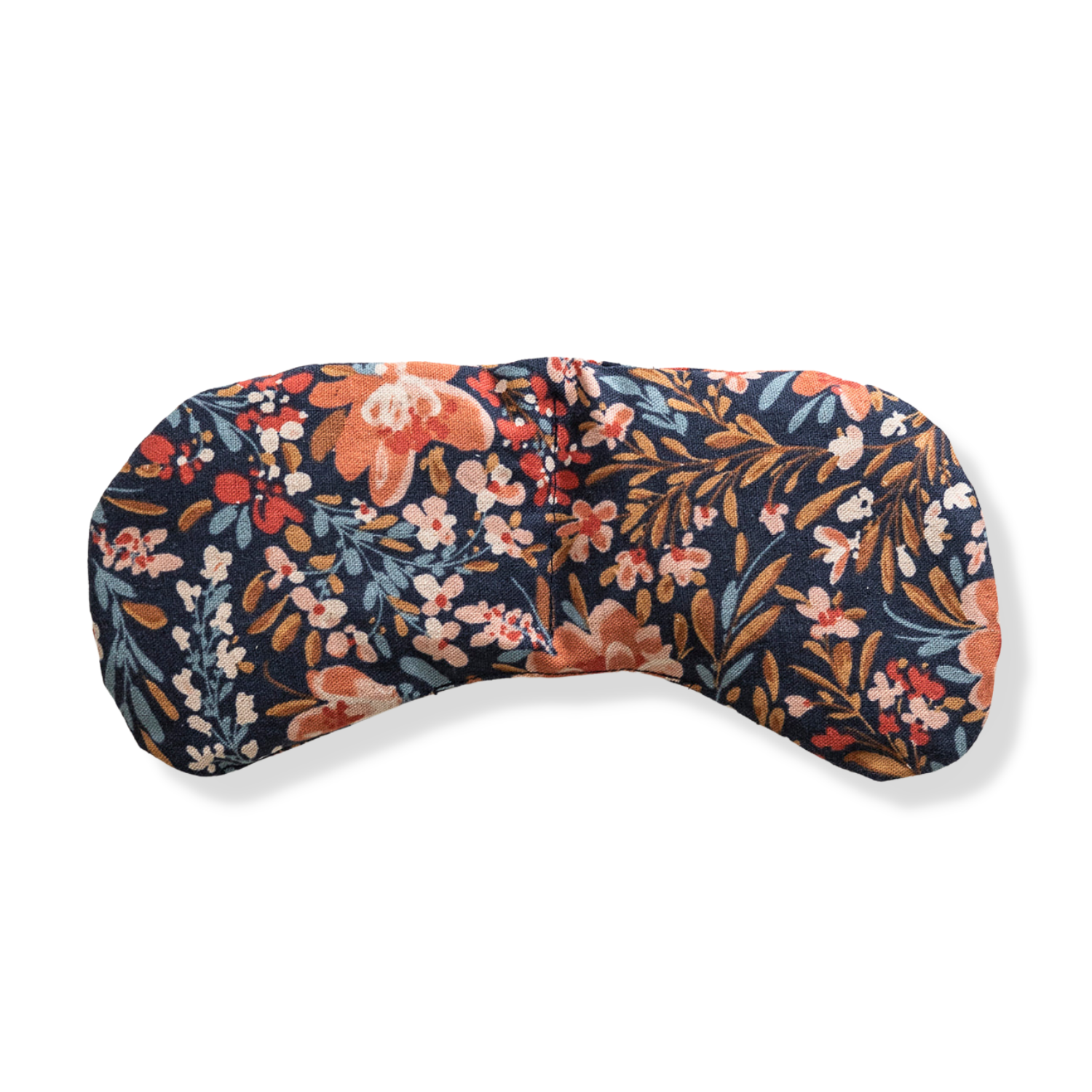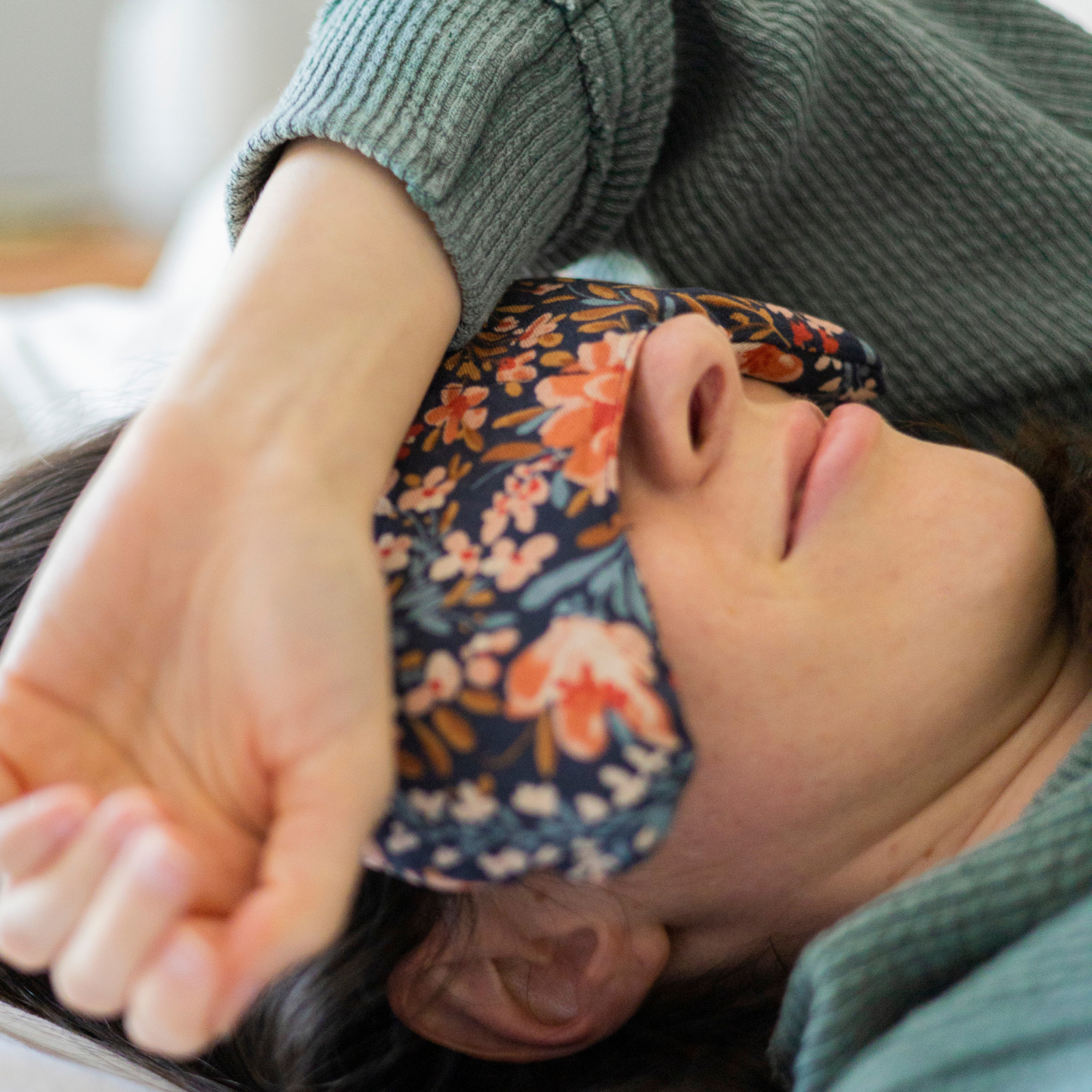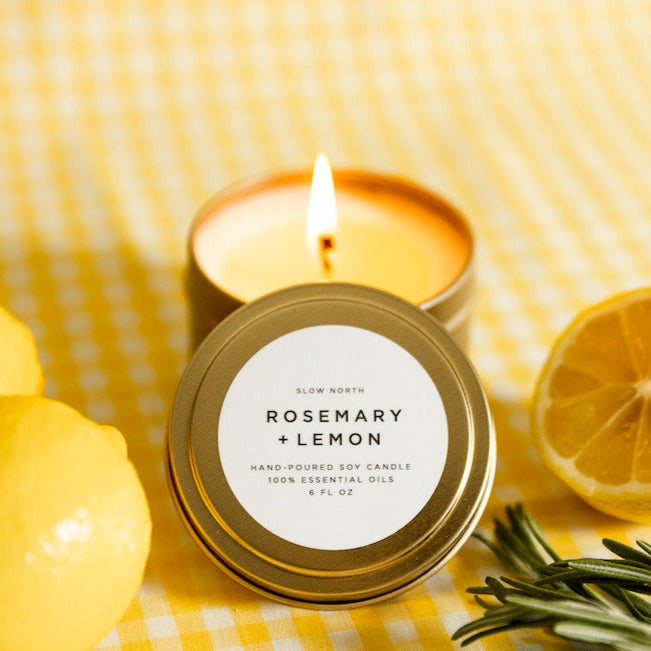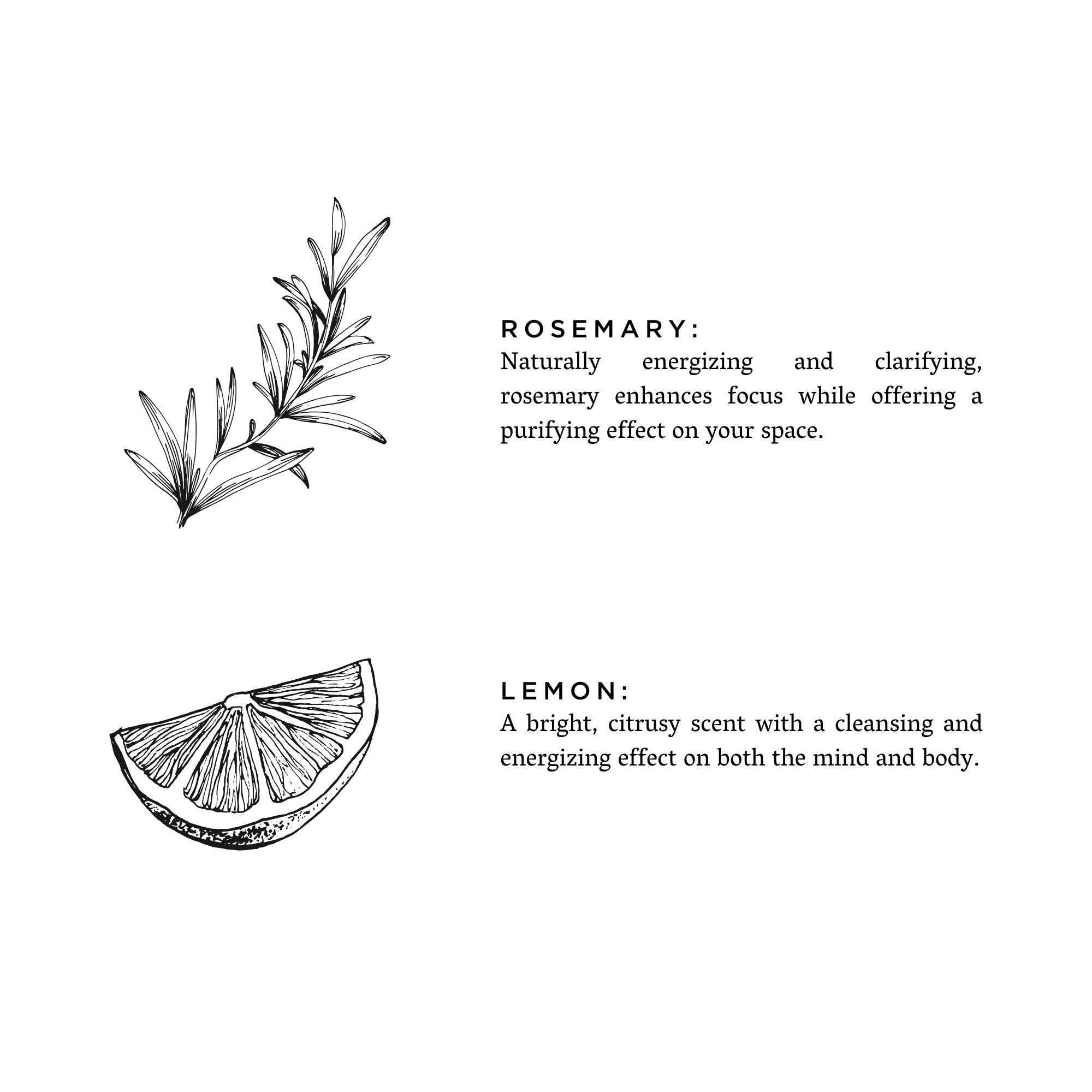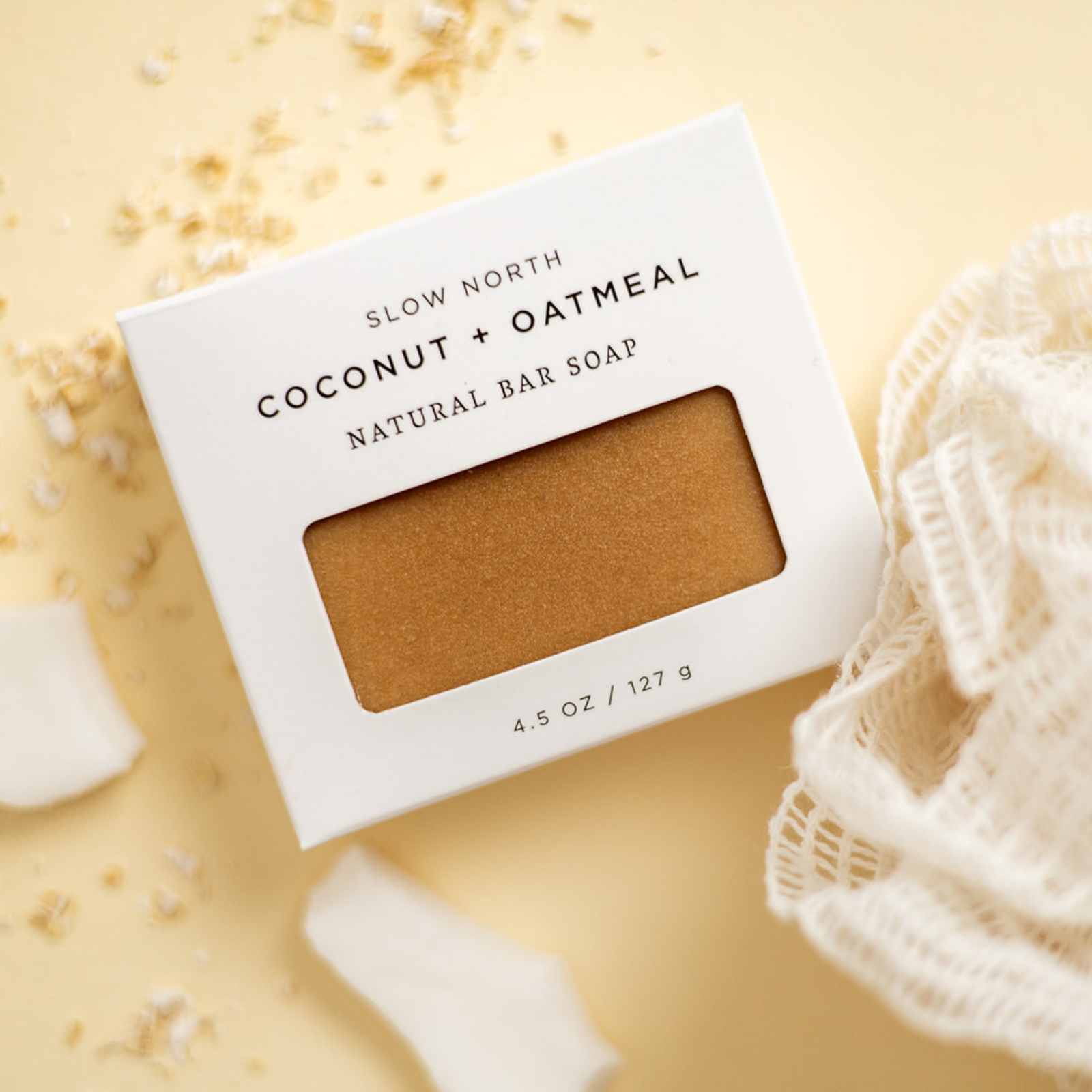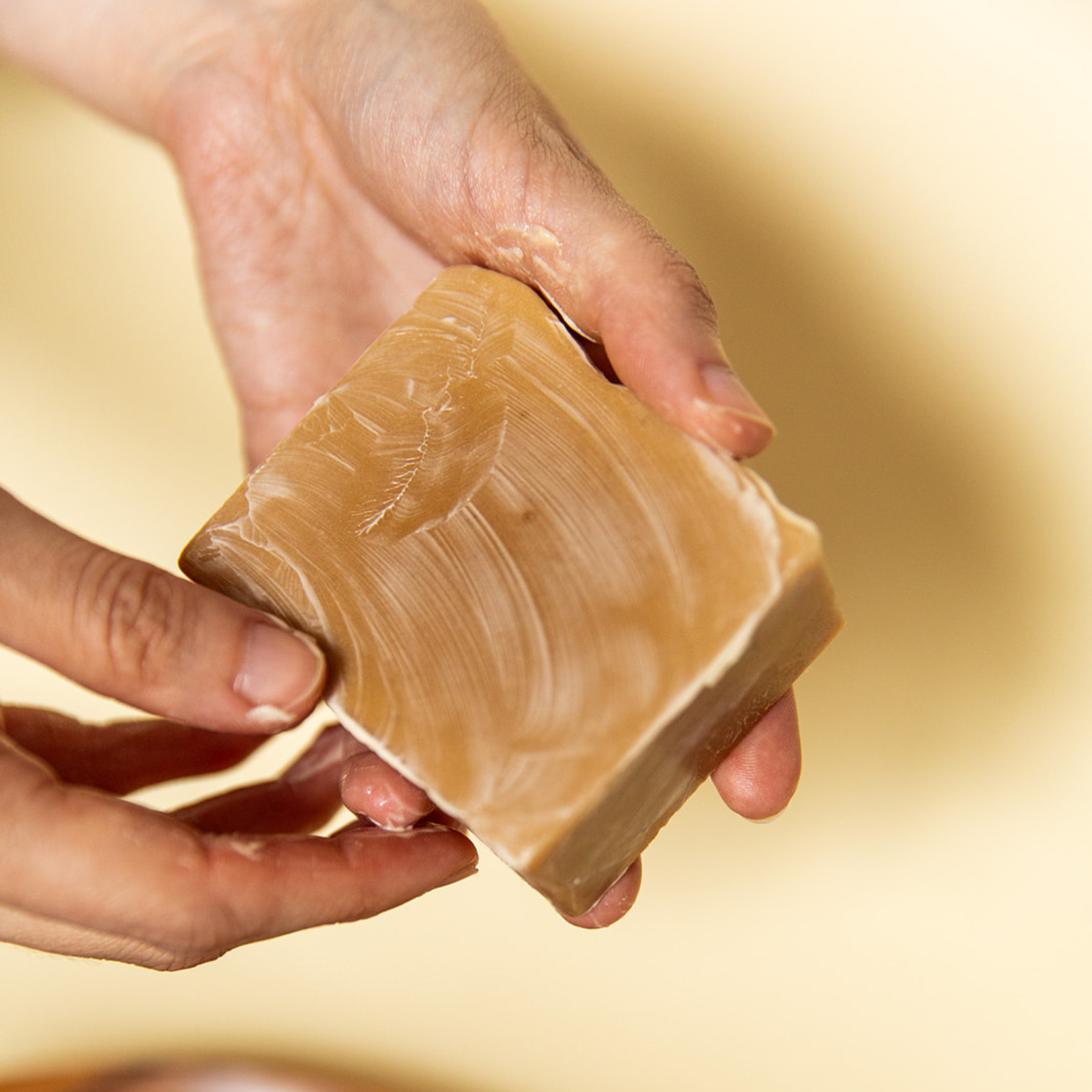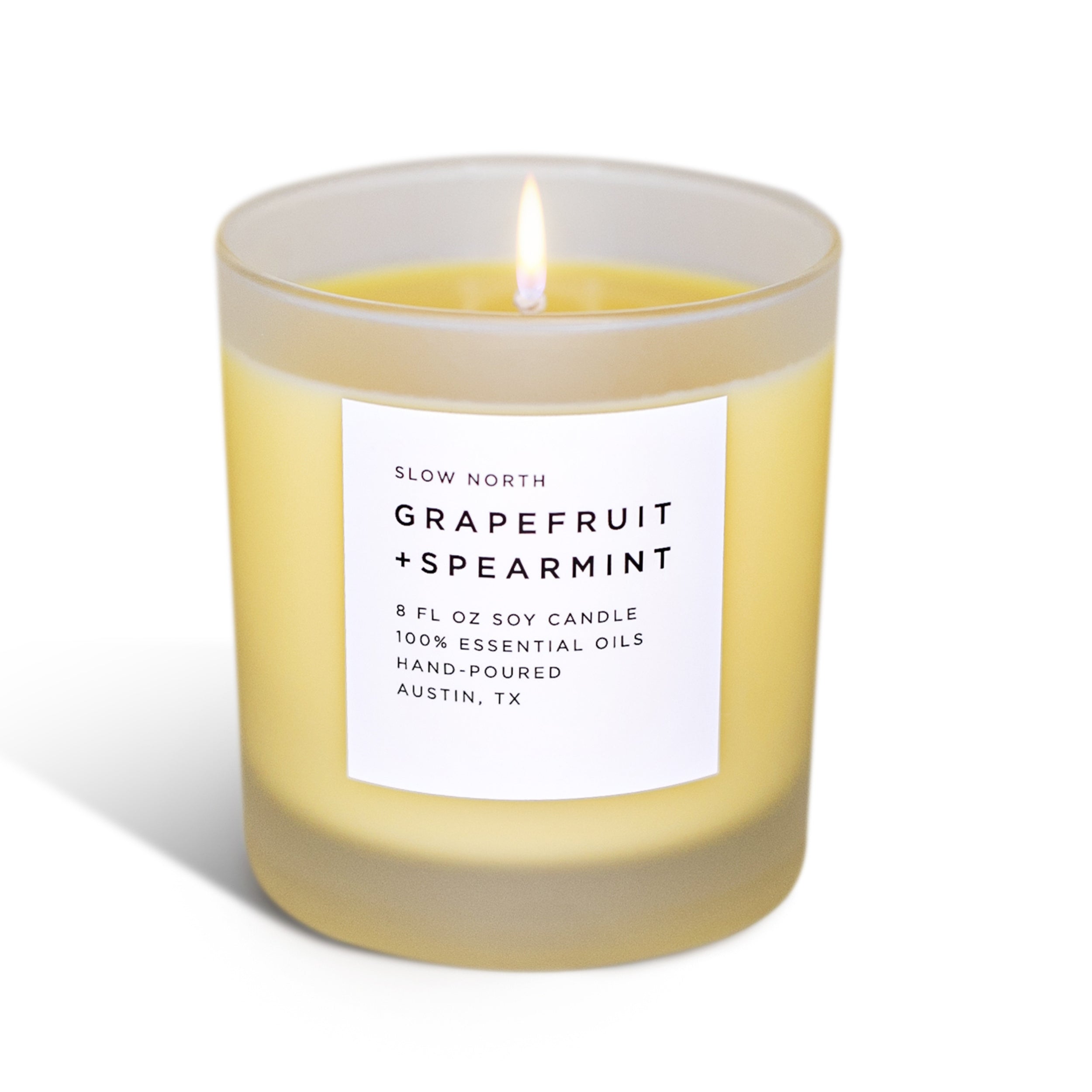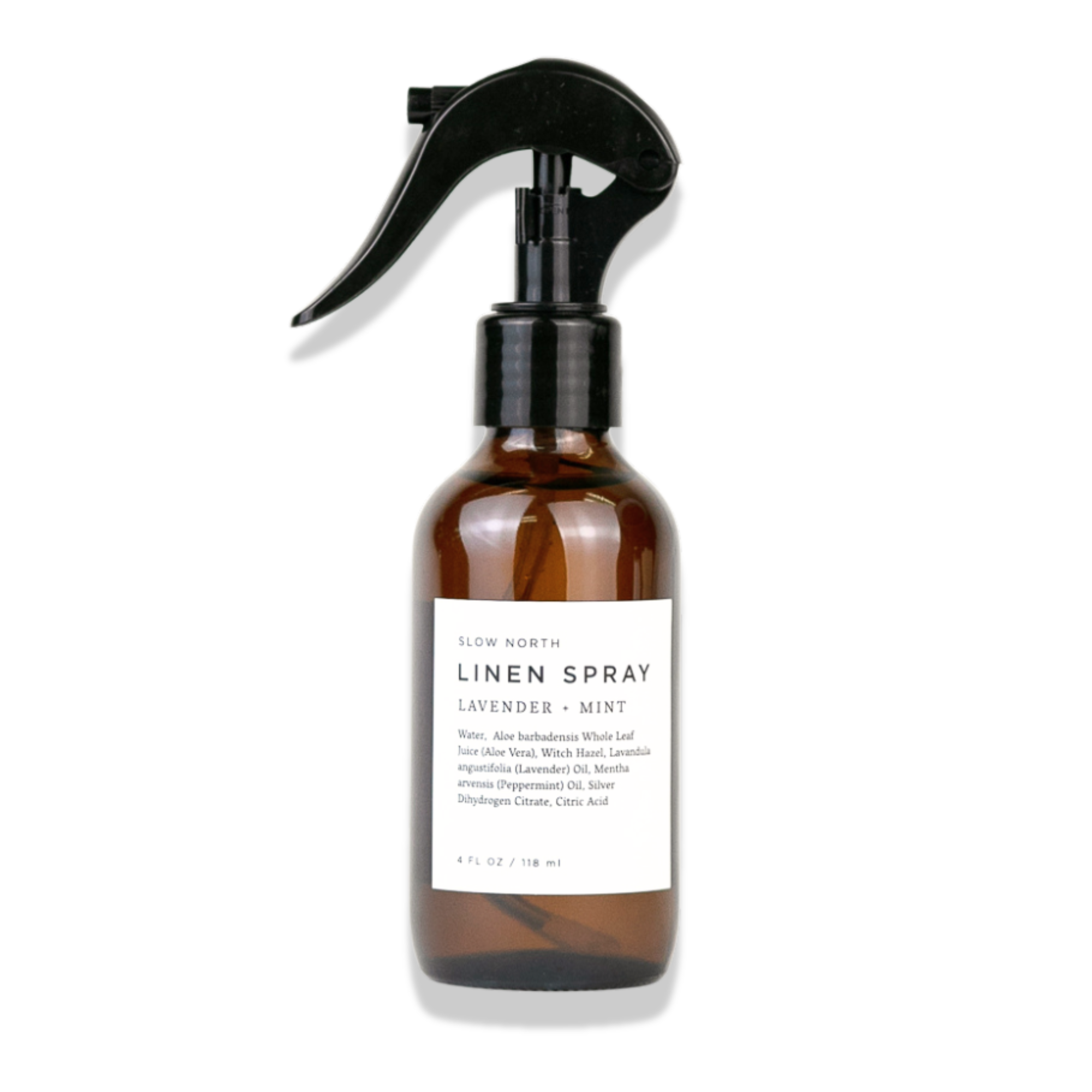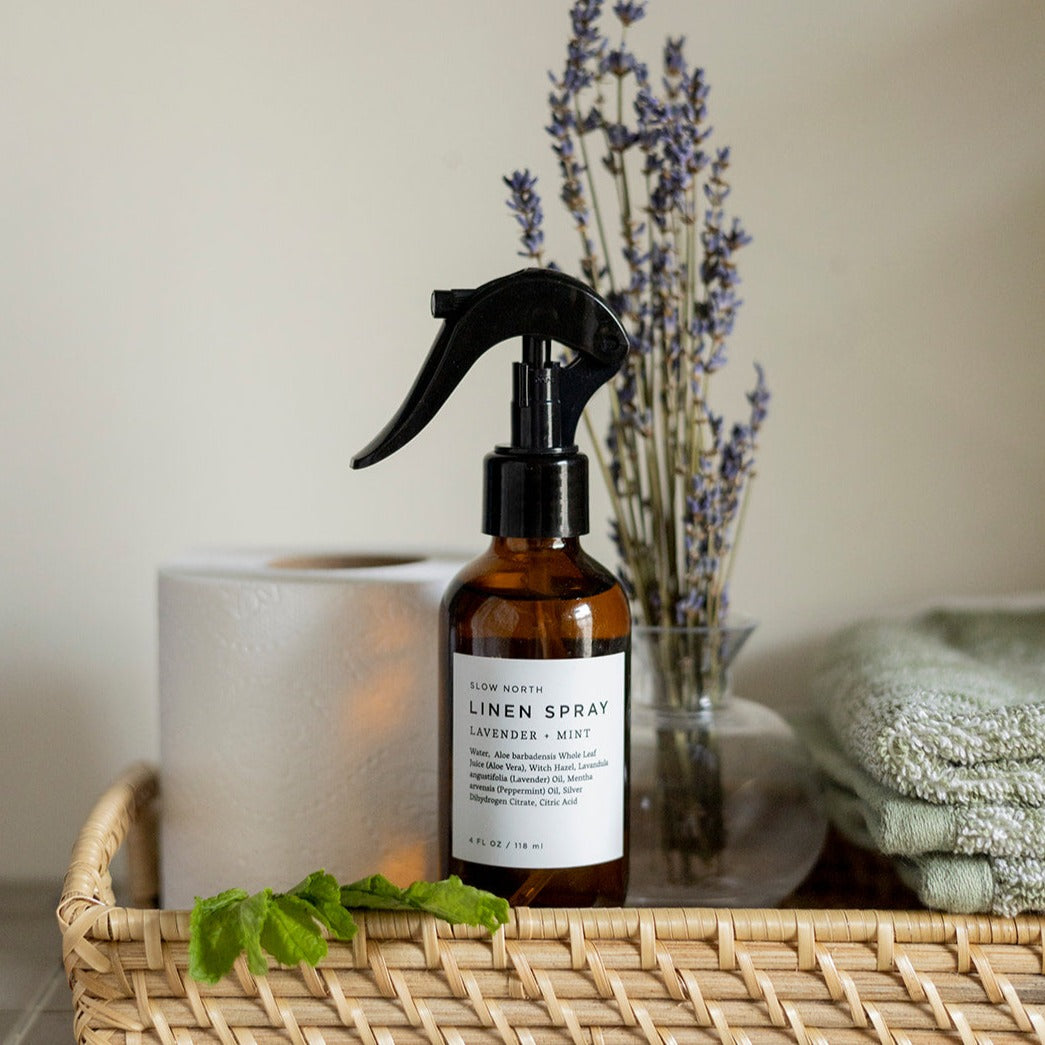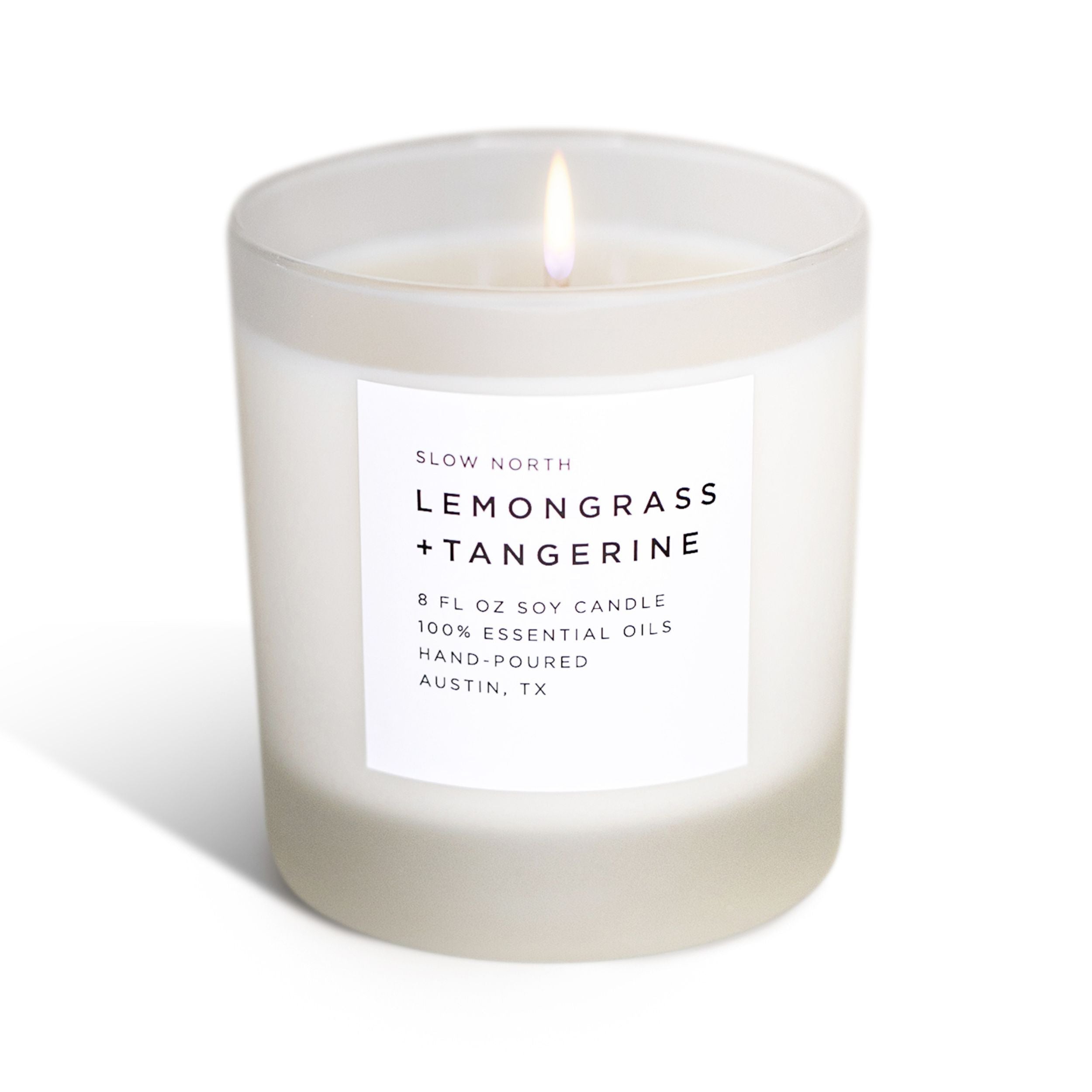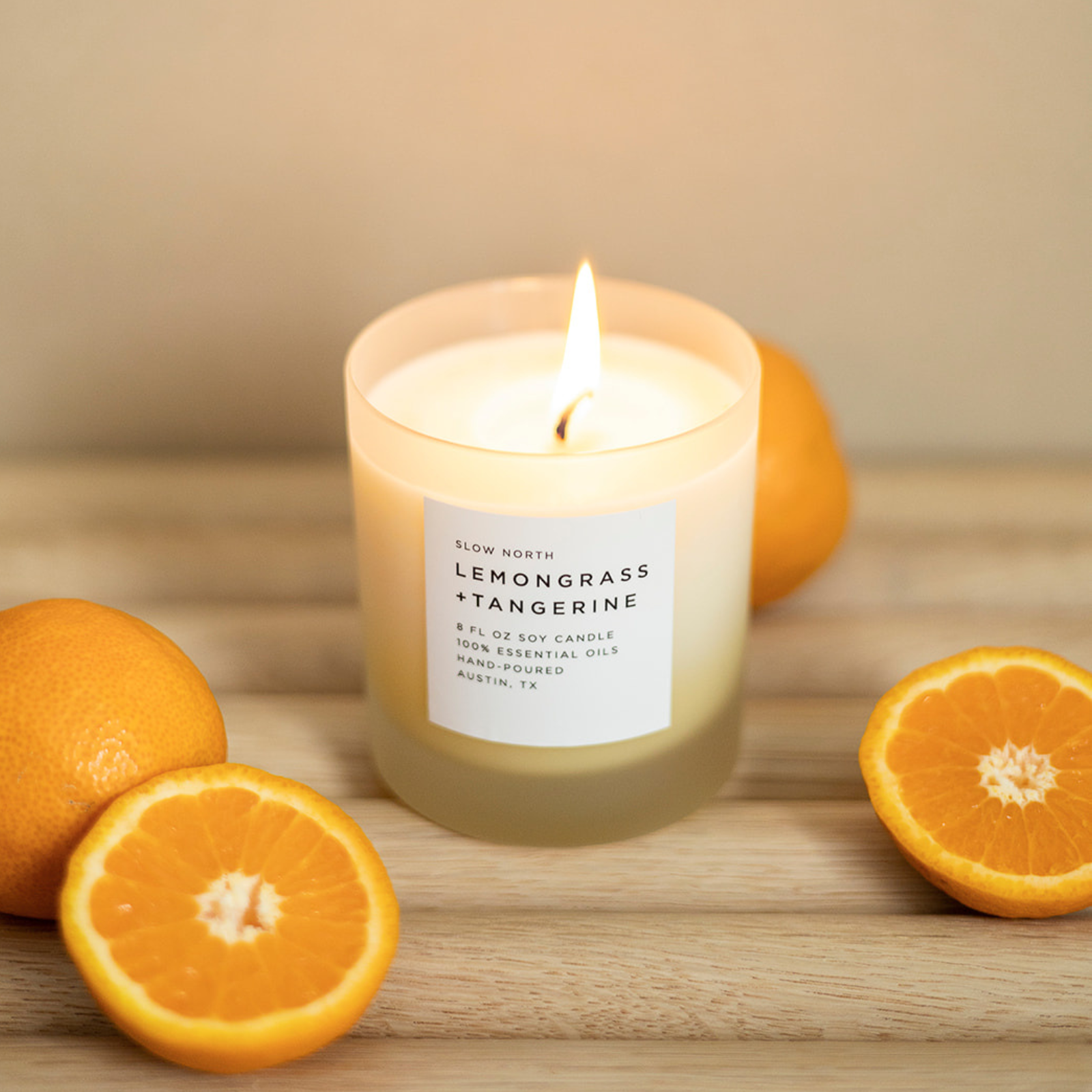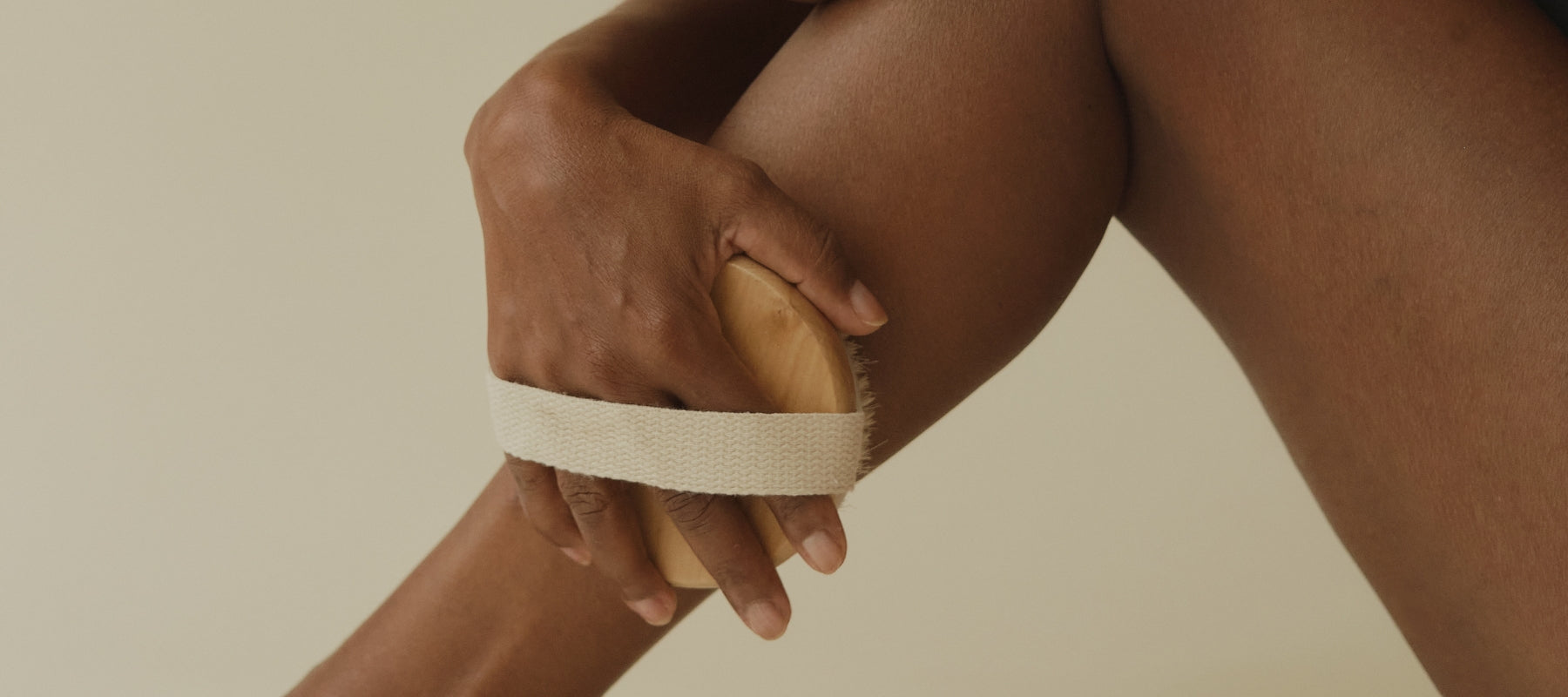
Rejuvenate Your Skin and Detox Your Lymphatic System with Dry Brushing

What is Dry Brushing?
Dry brushing involves using a natural bristle brush on dry skin, typically before showering. This method gently removes dead skin cells, unclogs pores, and stimulates your lymphatic system, which is crucial for maintaining a healthy immune system and detoxifying the body. This technique has been practiced for centuries to promote health and beauty.
Benefits of Dry Brushing
1. Exfoliation and Skin Renewal
Dry brushing effectively exfoliates the skin, promoting cell turnover and revealing smoother, brighter skin. By removing dead skin cells, it also helps to unclog pores, allowing your skin to absorb nutrients and eliminate toxins more efficiently. This can result in a more radiant complexion.
2. Lymphatic System Detoxification
Stimulating the lymphatic system is one of the key benefits of dry brushing. This system is responsible for removing toxins from the body, and by promoting lymphatic drainage, dry brushing helps to enhance this natural lymphatic drainage process, leading to improved overall health.
3. Improved Circulation
The brushing action enhances blood circulation, which can lead to healthier skin and improved energy levels. Better circulation means more oxygen and nutrients are delivered to your skin and other organs, promoting overall vitality.
4. Stress Relief
Dry brushing has a calming effect that can help reduce stress levels and promote natural sleep rhythms. Incorporating this practice into your daily routine can lead to better mental health and relaxation.
5. Nervous System Stimulation
The practice of dry brushing stimulates nerve endings in the skin, which can lead to feelings of relaxation, rejuvenation, and overall well-being. This stimulation can also activate your central nervous system, making you feel more alert and energetic.

Common Questions about Dry Brushing
Is Dry Brushing Actually Good for You?
Yes, dry brushing offers numerous benefits for your skin and overall health. It can help exfoliate the skin, boost circulation, support lymphatic drainage, and promote relaxation. However, it is important to use the correct technique and not to overdo it to avoid skin irritation.
How Many Times a Week Should You Dry Brush?
For optimal results, I recommend incorporating dry brushing into your routine 2-3 times a week. This frequency is sufficient to enjoy the benefits without causing irritation to your skin.
What is the Proper Way to Dry Brush?
The proper way to dry brush involves using a natural bristle brush on dry skin, typically before showering. Start at your feet and use long, gentle strokes towards your heart. Move up your legs, arms, and torso, always brushing towards your heart. For sensitive areas, use lighter pressure and circular motions. Avoid face and any areas of the skin that are compromised.
Do You Dry Brush Before or After a Shower?
Dry brushing should be done before a shower. This practice is most effective on dry skin, and showering afterward helps rinse away dead skin cells that have been exfoliated during the brushing process.
Enhance Your Routine with a Dry Sauna Blanket
One of my favorite additions to my self-care routine is using a dry sauna blanket. Before my sweat session in the sauna blanket, I always dry brush my skin (with our very own dry brush, of course). This preps my skin by opening up pores and enhancing blood flow, making the detoxification process more effective during the sauna session. The combination of dry brushing and the sauna blanket not only promotes deeper detoxification but also leaves my skin feeling incredibly smooth and refreshed and my body very relaxed.
If you're interested in trying out an infrared dry sauna blanket, check out my recommended dry sauna blanket. Pairing it with dry brushing amplifies the benefits of both practices, giving you a leveled-up self-care routine.

How to Dry Brush
Choose the Right Brush
Select a natural bristle brush with a comfortable handle. I recommend our dry skin body brush for the best experience. Shop Here.
Brush Before Showering or Sauna
Dry brushing is most effective on dry skin. Perform this routine before you shower or use the sauna blanket to maximize benefits.
Start at Your Feet
Begin brushing at your feet, using long, gentle strokes towards your heart. This direction aligns with your lymphatic flow.
Brush in an Upward Motion
Move up your legs, arms, and torso, always brushing towards your heart. For sensitive areas, use lighter pressure and circular motions.
Shower and Moisturize
After dry brushing, take a warm shower to rinse away dead skin cells. Follow with a nourishing body oil to hydrate your skin.
Final Thoughts
Dry brushing has become a staple in my self-care routine, and I can't recommend it enough. It's a simple yet effective way to detoxify your lymphatic system, improve skin health, and boost circulation. Start incorporating this ancient technique into your self-care routine and experience the transformative benefits for yourself.
For more tips on natural living and self-care, visit our Slow North Journal.





